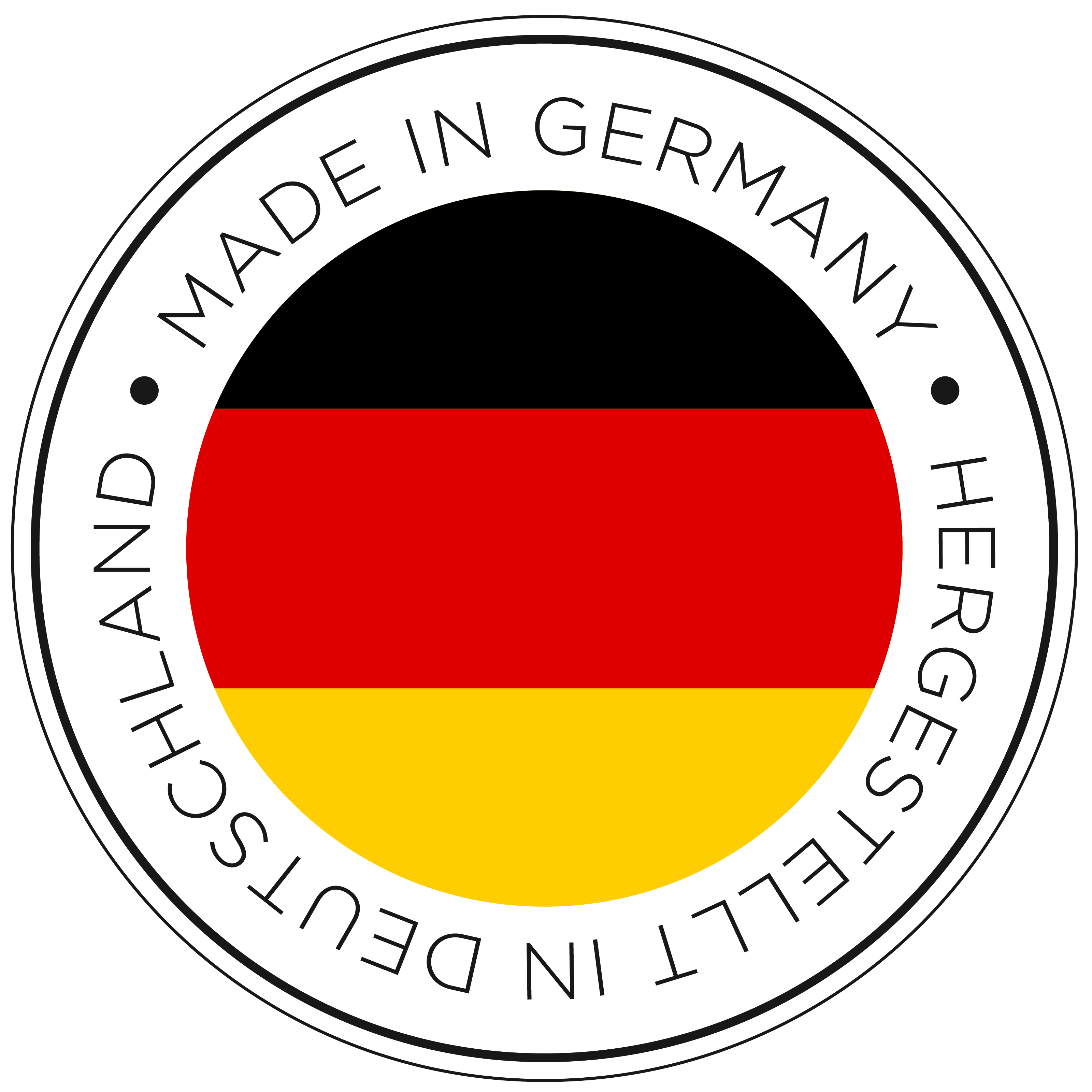ASCII, an acronym for American Standard Code for Information Interchange, is a character encoding standard for electronic communication. ASCII codes represent text in computers, telecommunications equipment, and other devices. ASCII has just 128 code points, of which only 95 are printable characters, which severely limit its scope. The set of available punctuation had significant impact on the syntax of computer languages and text markup. ASCII hugely influenced the design of character sets used by modern computers, including
Unicode which has over a million code points, but the first 128 of these are the same as ASCII.
Regular ASCII Characters (0-127)
The first 32 ASCII characters (0-31) and 127 (DEL) are commands historically used to control a teleprinter, such as carriage return (13) and line feed (10). For this reason they are referred to as control characters, control codes or non printable characters.
The remainder of the regular ASCII characters are the visible or printable characters known as plain text. These characters, often referred to as the ASCII Standard Character Set, include uppercase letters, lowercase letters, digits, symbols (like $ or @) and basic punctuation.

Extended ASCII Characters (128-255) - CP437 Version
Various extended versions have been developed for different purposes such as to support proprietary technology, different alphabets, or simply to draw geometric forms on the screen.
This is the CP437 (Code Page 437) version which was present on the original IBM PC in 1981. It is often the extended set used by programming languages like C but is is not standard. Some programming environments do not support it or use a different set. In such cases, the use of
Unicode is an alternative to display non-standard characters for worldwide compatibility.
DEC HEX CHR DEC HEX CHR DEC HEX CHR DEC HEX CHR




